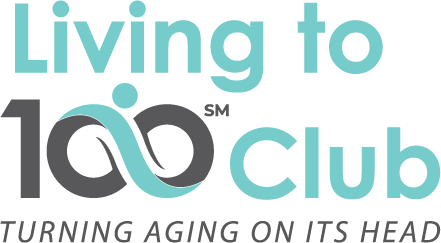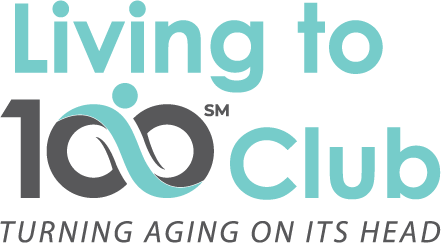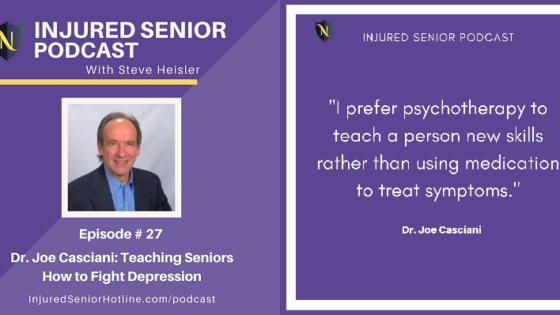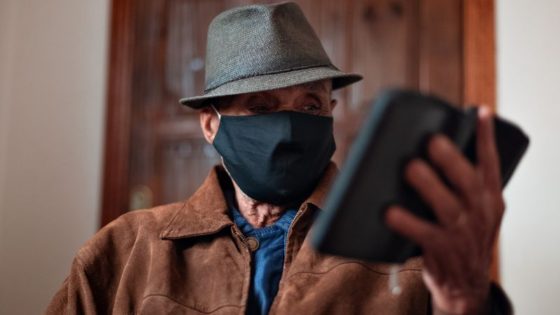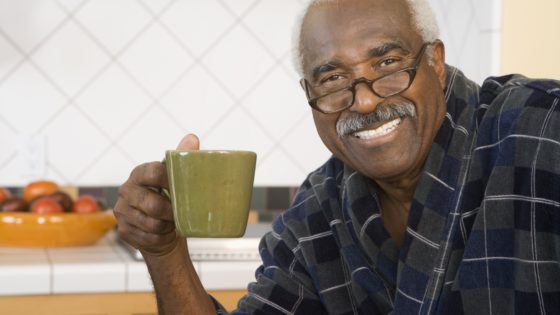Life expectancy has been extended by 20 to 30 years, over the past century, thanks to science and medicine. What used to be the second half of life is now the middle third. And because we are living longer, public thinking is changing.
From my personal perspective, it feels like the shift from the negative stereotyping of older adults to the positive views we are witnessing today has occurred in only a couple of generations. My grandparents, maternal and paternal, seemed like they were always old, not ill or infirm, just looked and sounded old.
In the mid- to late 20th century, society’s view of what aging was all about started changing. It was as if a million older adults hired spokespersons (Maggie Kuhn, Robert Butler, Ken Dychtwald, and scores of others) to argue their case.
So we started to witness a shift. Old age was re-branded as positive aging, or healthy aging, more than an absence of physical illness. Words that used to be associated with older people, like senile, frail, dependent, slow, helpless, always sick, a burden on society, eventually gave way, and are no longer valid to describe the average 60-, 70-, or 80 year-old.
And, to a lesser extent, the beliefs that we should “fight” aging, and the importance of “staying young” are gradually disappearing, though advertisers still want to portray aging as a villain, a stage of life that all too often was commensurate with death, and thus, not welcome. But, as I like to say, Is the glass half full or half empty? It’s the same glass, so you decide.
So, for many millions, we have re-framed our thoughts about growing older. Of course, aging is a normal process that extends across the course of our lives. As Dr. Joaquin Anguera, gerontologist and seniors’ advocate, noted in a past episode of the Living to 100 podcast, “Aging is something that happens to everyone, it is inevitable and fascinating, but is very different from disease and decline.” In fact, we are getting better at realizing the positive aspects of aging.
We want to continue to spread this important message: aging should be viewed as a state of mind, as a healthy part of life.
- It is a time when we have the freedom to make new choices, often better choices, and to keep doing whatever is important to us as we get older.
- It is a time to embrace and adjust to the changes that accompany advancing years.
- It is a time to help ourselves and help others stay engaged, and to prepare for and celebrate the aging process.
Health Benefits of this Shift
Much has been written about how this shift in emphasis from the negative to the positive has resulted in favorable outcomes for the older population, and for everyone else. Here are some benefits:
- Better reactivity to stress, better well-being, higher levels of self-satisfaction are all associated with Positive views of one’s own aging.
The converse is also true. According to the World Health Organization, ageist attitudes negatively affect the physical and mental health of older people, and result in living, on average, 7.5 years less than those with positive attitudes. When we stop defining people by their age, WHO reports, the result will be more prosperous, equitable, and healthier societies. - Living longer and healthier – those with positive perceptions about aging live longer an average of 7.5 years, are more physically active and show better functioning; Healthier – less cardiovascular disease, fewer strokes, healthier immune systems, better recovery from physical setbacks like falls and accidents, and improved cognitive functioning.
Contributions of Older Adults
In addition to the health benefits of this celebratory movement, it is also important to put a spotlight on the contributions that older adults, in turn, are making to the world around us. Millions of people in their 60’s, 70’s, 80’s and beyond are robust, active functional, experienced, capable and talented, and want to remain engaged and contributing. Linda Fried created Experience Corps (with Marc Friedman) to use the abilities of older adults to effect positive impact in critical areas (e.g., academic achievement of children), to improve the well-being of older participants (e.g., teaching new skills), and meet their need to contribute (similar to Senior Companions and Foster Grandparents).
In an article by Helen Dennis (a past guest on the Living to 100 Radio program), the author highlights the many contributions made by older adults. Here are some findings:
Volunteers: Almost 1 in 4 older adults volunteers in some capacity. The U.S Bureau of Labor Statistics reported that the median (midway between highest and lowest) annual volunteer service hours for older adults (65+) was 96 hours. Interestingly, the median for all ages was 52 per year, slightly more than half. Seniors volunteer in their communities, churches, and whatever organizations have a need.
Encore careers: Occurring after one’s primary career and before full retirement, encore careers are considered to embrace purpose, meaning, and sometimes a paycheck. These are second or new careers in education, health care, not-for-profit agencies, and any number of new work opportunities. For a fun story about a physician still working at age 80, with no plans of retiring, click here.
Caregivers: According to the National Alliance for Caregiving, 70% of adult children are caring for a parent, and provide on average 34 hours of care per week. And the caregiver is not necessarily always older than the person being cared for.
Social Policy Advocates: Whether advocating for social justice issues or age-related causes, older adults can be found front and center when seeking to advance the rights of seniors, and movements to counter ageism and age discrimination.
Contributors to the economy: In 2018, those in the 50+ age group contributed $8.3 trillion dollars to the U.S. economy. Seniors earn and spend money, contribute to the tax base, and create demands for products and services that exceed the economies of most countries.
Around the world, older adults provide childcare, strengthen communities, and help their children and grandchildren with financial support.
What is Your Aging Mindset?
How we think about getting older influences our health and well-being, and it is necessary to acknowledge our own attitudes and watch for ageist behaviors around us.
Most of the time, we are not aware of our own negative attitudes about older people and about growing older. In a study by the World Values Survey, 60% of people in 57 countries felt that older adults were not respected. It is necessary to acknowledge that older adults are not a burden and that how we look and someone’s chronological age is unimportant.
For health care providers, treatment must be individualized for functional status and care preferences, providers should not under treat or over treat depending on age, and they should appreciate the heterogeneity of older adults.
How did your parents and older relatives describe the aging process? Take the Aging Attitudes Quiz from the World Health Organization to measure your own attitudes about aging.
If you are looking for more strategies about adopting a positive attitude toward aging, here is a nice article: Adopting a Positive Attitude about Aging.
Closing
This article is a tribute to the changing face of aging in the 21st Century. We celebrate, embrace, empower, and welcome the positives about growing older, regardless of the challenges that come along. So, to underline the importance of continuing to move forward, I leave our readers with a quote from Cesare Pavese, the Italian Novelist: The real affliction of old age is remorse.” Remorse is a mindset that we can avoid. Rather, we can always grow.
